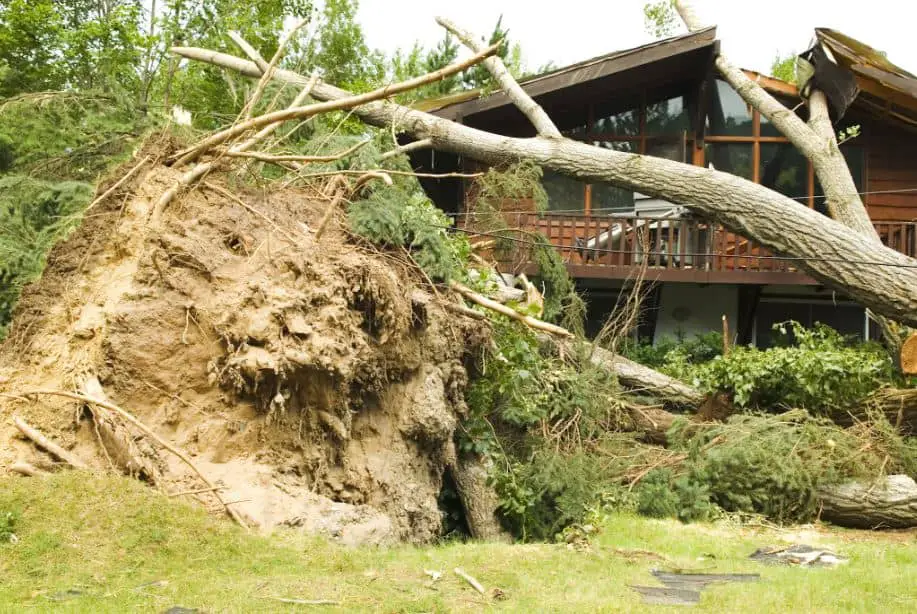Although it’s natural to think of nature as a benign force, it is also capable of great destruction. Recent weather disasters that have harmed houses and landscapes include hurricanes, floods, wildfires, and mudslides, with climate change causing even more issues.
By selecting your plants and trees with severe weather occurrences in mind, you can reduce the harm they do. Continue reading to learn more about designing your yard to withstand natural calamities. Additionally, we’ll advise you on what to plant in storm-resistant landscapes to safeguard your home further. (Although trying may not completely protect you from Mother Nature’s wrath, it may at least be beneficial.)

Natural Disasters Landscaping
It is possible to reduce the damage storms, and other natural occurrences do to your home if you carefully consider your landscaping selections. Most gardeners are acquainted with planting for drought resistance. Still, since storms are becoming more unpredictable due to climate change, it is equally crucial to work toward creating storm-resistant landscapes.
What does landscaping for storms look like specifically? Since the damage that storms may do includes floods, strong winds, and mudslides, many different ways to prepare a yard for natural disasters exist. For each of these threats, here are several solutions.
Beautification for Storms
When Mother Nature threatens to blow your home down, Gale force winds provide the greatest storm hazard in certain regions. The most storm-resistant landscapes with windbreaks designed carefully to lessen wind speed and provide a solid buffer are the most storm-resistant ones for this risk.
Choose trees and shrubs with canopies that begin close to the ground for windbreaks. Include some evergreens to provide protection all year round. Although ponderosa pine is a superior option, arborvitae is a common alternative. Deciduous trees like the sycamore and redbud are other options.
Planting local shrubs and bushes might be helpful when landscaping for natural catastrophes involves defense against mudslides. Even during mudslides, mature trees and shrubs with extensive root systems will stabilize the ground.
Climate Change Landscaping
Numerous experts believe the nation’s current wildfire crisis directly relates to climate change. By carefully planning your landscape for climate change, you can also help defend your home against these dangers.
By maintaining a clean fire-safe zone surrounding your home, you can find against wildfires. This entails removing dead bushes and branches, employing hardscaping, and keeping all trees away from your buildings.
When putting together their landscape design, homeowners in fire zones should also choose trees and plants resistant to fire. Conifers should not be chosen since they produce a lot of sap, which speeds up fires. Choose plants with plenty of moisture instead. Hardwood trees like cherry, poplar, and maple produce less sap. Additionally, bushes with good fire resistance include yucca, woolly blue curls, and lemonade berry.


